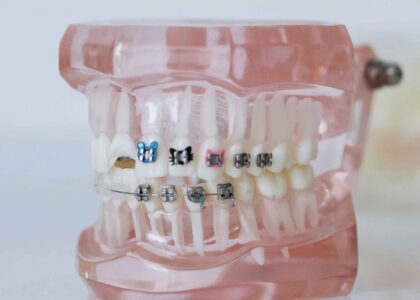Tanning has long been associated with a healthy, glowing appearance, but the truth is that prolonged sun exposure can lead to serious skin damage. While many people seek the perfect tan, few consider the risks associated with UV skin damage. Understanding the effects of the sun’s rays and learning about safe tanning alternatives can help you achieve a sun-kissed look without compromising skin health.
This article will explore the science behind tanning, the dangers of sun exposure, and how to maintain radiant skin without long-term harm.
1. How Tanning Works
Tanning occurs when the skin produces melanin, the pigment responsible for skin color. This process is triggered when ultraviolet (UV) radiation from the sun penetrates the skin. The body increases melanin production as a defense mechanism to absorb UV rays and prevent further damage.
There are two types of UV radiation that affect the skin:
- UVA rays – Penetrate deep into the skin, causing premature aging and DNA damage.
- UVB rays – Cause sunburns and play a significant role in the development of skin cancer.
Although a tan might make the skin appear healthier, it is actually a sign of skin damage. Every tan results from DNA changes in skin cells, which can accumulate over time and increase the risk of skin conditions.
2. The Risks of Sun Exposure
Excessive exposure to UV radiation can have long-term consequences, including:
1. Premature Aging
Frequent tanning leads to the breakdown of collagen and elastin, two proteins essential for firm and youthful skin. Over time, this results in:
- Wrinkles and fine lines
- Loss of skin elasticity
- Uneven skin tone and pigmentation
Use hydrating eye cream.
2. Sunburn and Immediate Damage
Sunburn is an acute reaction to excessive UVB exposure. Symptoms include:
- Redness and inflammation
- Peeling and blistering
- Pain and sensitivity
Repeated sunburns significantly increase the risk of skin cancer, including melanoma, the most dangerous form of skin cancer.
3. Increased Risk of Skin Cancer
According to dermatologists, UV skin damage is one of the leading causes of melanoma, squamous cell carcinoma, and basal cell carcinoma. Prolonged exposure, even without burning, increases the likelihood of developing these conditions.
4. Hyperpigmentation and Dark Spots
Overexposure to the sun can trigger uneven pigmentation, sun spots, and melasma. These dark patches can be difficult to treat and often worsen with further sun exposure.
3. Safe Tanning: Is It Possible?
Many people believe in “safe tanning”, but in reality, any direct UV exposure contributes to skin damage. However, there are safer alternatives to achieving a bronzed look without harming the skin.
- Self-Tanners and Bronzers
Self-tanning lotions, mousses, and sprays provide a sun-kissed appearance without the need for UV exposure. These products contain dihydroxyacetone (DHA), a sugar-derived compound that reacts with the outer layer of the skin to produce a temporary tan. - Gradual Tanning Moisturizers
Gradual tanners combine hydration with a slow-developing tan, making them ideal for a natural glow without the risks of sun exposure. - Tinted Sunscreens and BB Creams
For a subtle bronzed effect, tinted SPF products provide coverage, protection, and a slight tan. These are excellent for daily wear and help prevent UV skin damage.
4. Sun Safety Tips for Healthy Skin
If you still prefer outdoor tanning, taking precautions can minimize harm. Here are some sun safety tips:
- Use Broad-Spectrum Sunscreen
Apply an SPF 30 or higher broad-spectrum sunscreen to protect against UVA and UVB rays. Reapply every two hours, especially after swimming or sweating. - Limit Sun Exposure
Avoid the sun during peak hours (10 AM – 4 PM), when UV rays are the strongest. - Wear Protective Clothing
Hats, sunglasses, and long sleeves help shield the skin from excessive exposure. - Seek Shade
Whenever possible, stay under umbrellas or shaded areas to reduce direct sun contact. - Stay Hydrated
Proper hydration helps maintain skin health and minimizes the drying effects of the sun.
For more Informative Blogs visit Gimkit.it.com
5. The Myth of the “Base Tan”
Many believe that getting a base tan before a vacation can protect the skin from sunburn. However, this is a myth. A base tan provides very little protection—usually equivalent to SPF 3-5—which is far from adequate. Instead of preventing damage, it adds to cumulative UV exposure, increasing long-term risks.
While tanning may seem like a desirable aesthetic choice, it is important to understand the potential risks of UV skin damage. Sun exposure contributes to premature aging, hyperpigmentation, and skin cancer, making it crucial to practice safe tanning habits.
By opting for sunless tanning methods, using proper SPF protection, and adopting a sun-conscious lifestyle, you can enjoy a healthy glow without compromising your skin’s well-being. Protect your skin today to maintain its youthful and radiant appearance for years to come.





